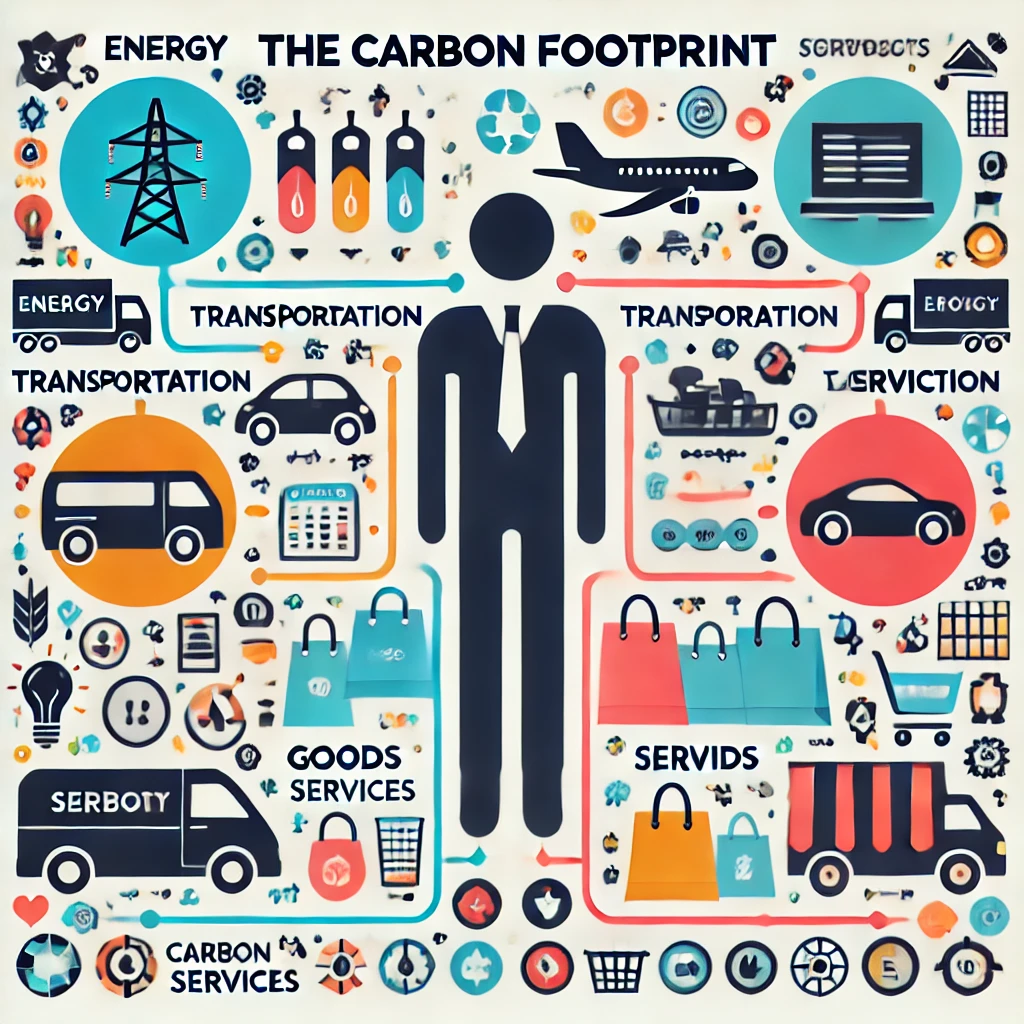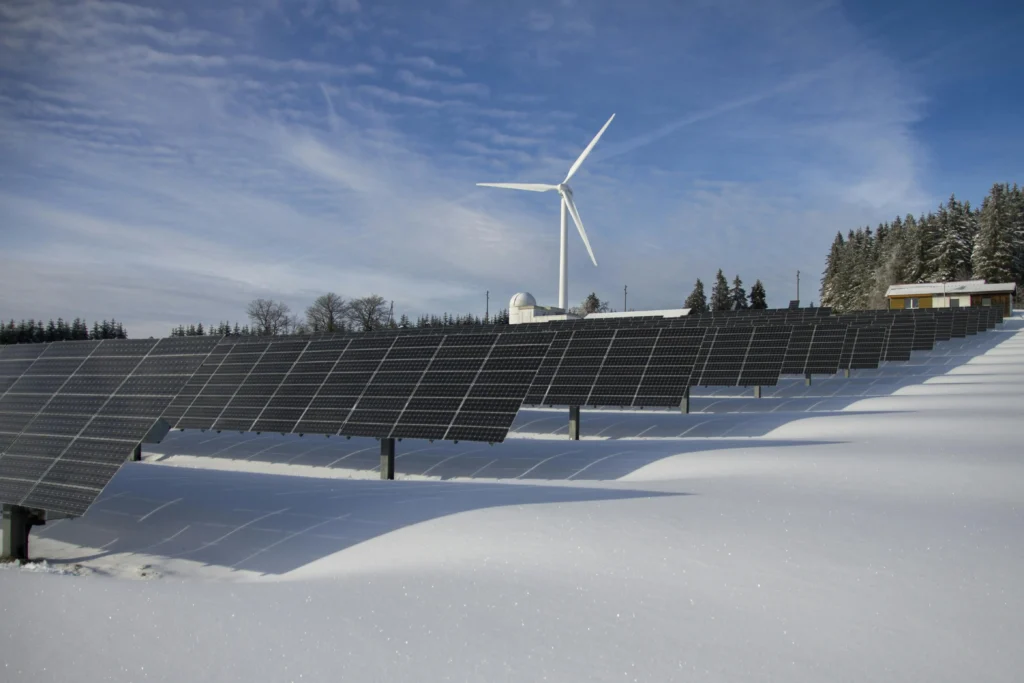
Have you ever wondered what the carbon footprint of an average person is? An individual’s carbon footprint measures the amount of CO₂ emissions they generate in their daily life. These emissions come from various sources, such as energy consumption, transportation, and the production of goods and services.
In general, each person has a unique carbon footprint, which varies significantly depending on their location, income level, and lifestyle. This means that the carbon footprint of someone in an industrialized region can be considerably higher than that of a person in a rural area.
What is the carbon footprint of an average person? and what factors influence it?
Understanding the carbon footprint of an average person is crucial for taking effective measures in the fight against climate change. The carbon footprint of an average individual depends on several key factors that directly influence the amount of CO₂ they emit. Below, we will analyze the most important ones:
Home Energy Consumption
The use of fossil fuels for heating and electricity in homes is one of the main sources of emissions. For example, burning natural gas for heating or using electricity from non-renewable sources significantly increases the carbon footprint.
In industrialized countries, energy consumption for heating and cooling has a considerable impact. Homes that are more energy-efficient or use renewable energy (such as solar or wind) have a lower carbon footprint.
Transportation
Personal transportation, especially the use of private vehicles, represents a significant portion of CO₂ emissions. The more we rely on gasoline or diesel vehicles, the higher our footprint. On the other hand, using public transportation, bicycles, or electric vehicles reduces these emissions.
According to BBVA Research, emissions related to transportation follow an inverted “U” curve: people between 35 and 40 years old emit more CO₂ than other age groups due to their higher transportation use.
Consumption of Goods and Services
The goods and services we consume also generate indirect emissions. For example, the production of items like clothing, technology, or food has its own carbon footprint, which is passed on to the consumer. These processes often involve the use of fossil fuels in production, transportation, and distribution. Indirect emissions can account for up to 70% of a person’s total carbon footprint, according to BBVA Research. If you want to dive deeper into the different types of carbon footprints, read our article on How Many Types of Carbon Footprints Are There?
The Average Carbon Footprint in Numbers
If you want to know your personal carbon footprint and how your daily habits contribute to climate change, you can use our Carbon Footprint Calculator. Easily calculate your emissions and discover ways to reduce them. Click here to measure your environmental impact: Carbon Footprint Calculator.
On average, a person may emit between 4 and 5 tons of CO₂e per year, depending on the country and lifestyle. However, in developed countries like the United States or Western Europe, that figure can rise to 10-15 tons of CO₂ per year.
According to a study by BBVA Research, Spanish adults between the ages of 35 and 40 emit an average of 6.9 tons of CO₂ per year, which is 10% higher than the national adult average.
Moreover, consumption patterns play a significant role in the amount of CO₂ we emit. For instance, a person with high income and an energy- and transportation-intensive lifestyle will have a much larger carbon footprint than someone with fewer resources or more sustainable habits.

How to Reduce Your Personal Carbon Footprint
Reducing our carbon footprint is crucial in the fight against climate change. Here are some effective ways to lower your environmental impact at a personal level:
- Use Renewable Energy
Adopting solar or wind energy in the home can drastically reduce CO₂ emissions. These energy sources do not produce greenhouse gases and are becoming increasingly accessible for consumers.
- Sustainable Transportation
Choosing public transport, walking, cycling, or driving electric vehicles can reduce your personal carbon footprint. Additionally, cutting down on flights or long-distance travel has a positive impact on reducing emissions.
- Reduce Meat Consumption
Meat production is one of the main sources of global GHG emissions. By reducing meat consumption or adopting a plant-based diet, individuals can significantly lower their carbon footprint.
- Responsible Consumption
Practicing responsible consumption—such as reducing plastic use, buying local products, and opting for more energy-efficient technologies (low-energy appliances, LED lighting)—also contributes to carbon footprint reduction.
And if you’re part of a school community, there are also practical ways to reduce emissions in an educational setting. Check out our guide on How to Reduce Carbon Footprint at School to learn more
The Importance of Taking Action
Every individual plays a crucial role in the fight against climate change. By reducing our carbon footprint, we contribute to a cleaner and more sustainable future for the next generations. Making informed decisions about energy use, transportation, and consumption not only helps the environment but can also lead to long-term financial savings.



